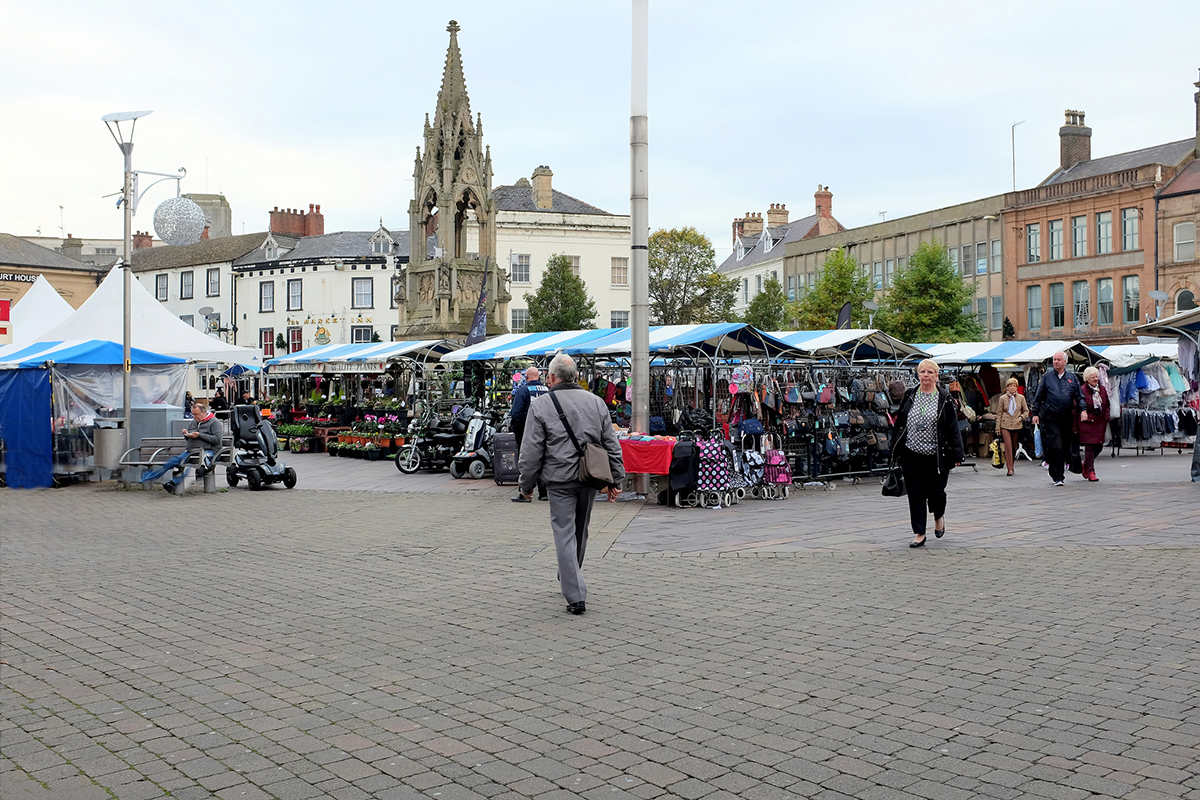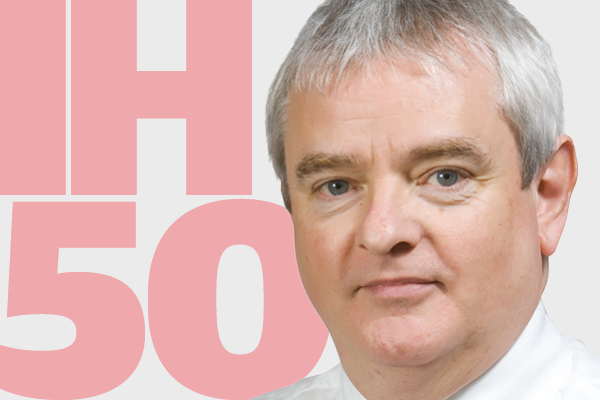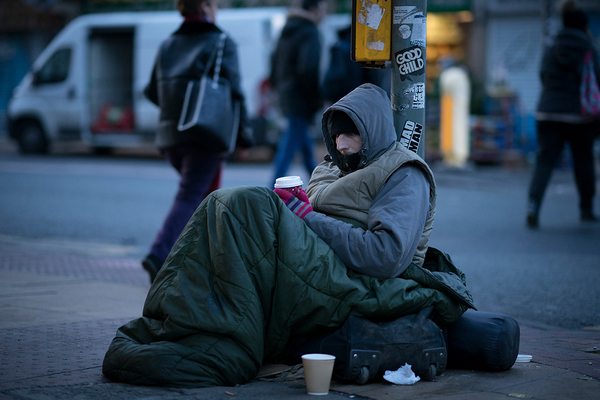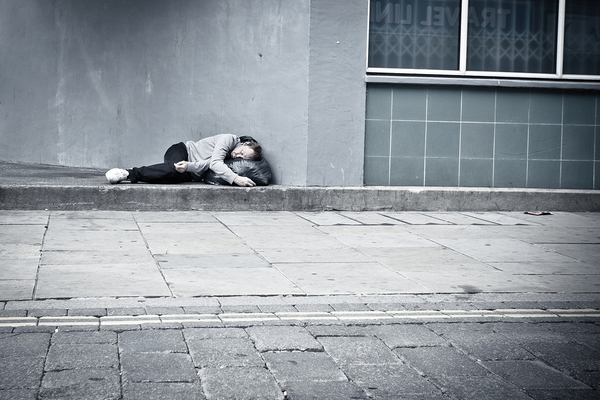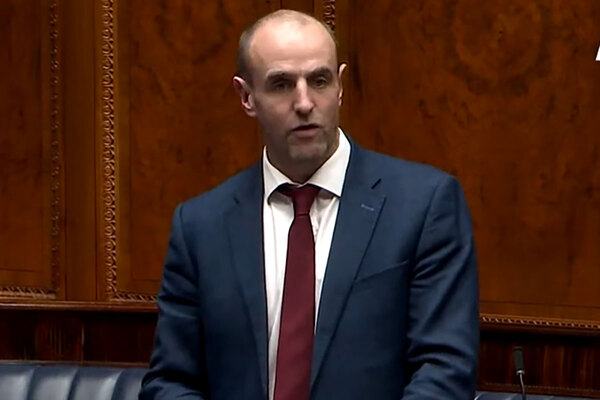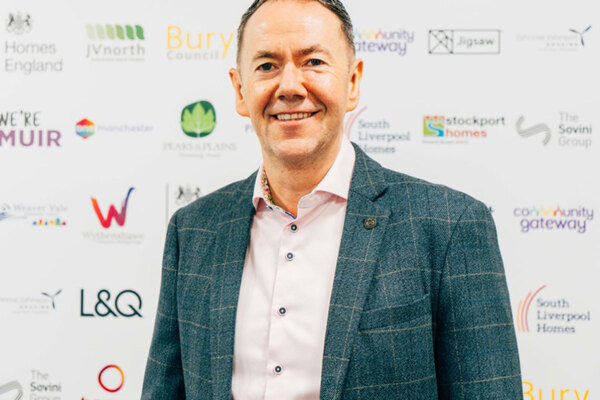You are viewing 1 of your 1 free articles

How we reduced rough sleeping
Mansfield District Council has reduced the number of people sleeping on its streets. The local authority’s Christine Fisher explains how it bucked the trend
Here in Mansfield, like towns and cities across the UK, over the past few years we have seen a rise in the number of people sleeping rough.
It soon became clear that although help for homeless people was available, it was being offered in an increasingly fragmented way.
Everyone had the best interests of rough sleepers at heart but the lack of co-ordinated action was creating a situation that meant the different providers were not all singing from the same song sheet and this was creating a degree of friction.
My colleagues and I decided we needed more joined-up thinking, so in 2015 we set up Mansfield Homeless Network.
It was a forum where the different providers could share views and – most importantly, so that it was not just a talking shop – come up with a co-ordinated approach to tackle the issue of rough sleeping more effectively.
Those on the forum include local homelessness charity Framework, other charities, voluntary agencies, and Nottinghamshire Police.
And quite simply, this partnership action approach is working because in the past year the district has seen a 40% fall in the number of people sleeping in the street.
In our annual snapshot survey of rough sleepers in November 2017 – figures that are sent to the government – the total was 15, compared with 27 a year ago.
Although even one homeless person is one too many and there is still lots of work to be done, this decrease is clearly a positive step forward in a short period of time and I’m extremely proud of the results my team and partners have achieved.
“The emphasis on sustainable support has been crucial in our approach.”
So how did we do it? Essentially it was through a combination of outreach work to help long-term rough sleepers, and an insightful and properly funded homelessness prevention strategy.
In practice, it meant employing a complex case worker – hired by Framework in a post funded by Nottinghamshire Police and Crime Commissioner – whose job focuses on dealing with the anti-social behaviour issues associated with rough sleeping.
This involves going out onto the streets and talking to rough sleepers, gaining their trust (something often lacking among rough sleepers towards authority figures) and building a productive relationship to address the issues impacting on them and encourage moving towards settled accommodation.
The emphasis on sustainable support has been crucial in our approach because you cannot just take a person off the streets, give them a key to housing and then leave them to it, believing your job is done.
This just creates a high risk of the tenant falling into the same problems that may have contributed to their homelessness in the first place. The process has to be more holistic.
While it is important for the homelessness network partners to offer immediate pragmatic help for rough sleepers in the form of services such as day centres, night shelters, food banks and clothing, it is also vital that we try to break the cycle of long-term homelessness among entrenched street sleepers for whom extending help is more challenging and complex.
We much prefer to halt potential homelessness in its tracks before it reaches the rough sleeping station. Not only is this better on a human level, it also makes sense on the financial front – and not just for our authority: dealing with rough sleepers puts pressure on policing and the NHS budgets, too.
Our complex case worker identifies and supports our most entrenched rough sleepers, prioritising five cases at any one time, and working in partnership with various services to offer bespoke support for people who transfer from the street to living more independently in settled accommodation.
Breaking the cycle of homelessness is the main aim and in Mansfield, the results of this approach speak for themselves in the significant reduction of rough sleepers, some of whom had been living on the streets for many years.
“We have also used reasonable enforcement to discourage rough sleeping and anti-social behaviour, delivered side-by-side with intensive case working.”
In some of the most difficult situations we have also used reasonable enforcement to discourage rough sleeping and anti-social behaviour, delivered side-by-side with intensive case working.
This combined carrot and stick approach is helping homeless people to trust that we want to and can help them. But it’s also achieving something that professionals and service providers may have, for a long time, felt to be almost unattainable – that the cycle of habitual homelessness can be broken.
Christine Fisher, housing operations and safeguarding manager, Mansfield District Council
